 On the Sunday after Thanksgiving, the temperatures downtown dipped into low 40′s. In Pershing Square, Angelinos glided around a skating rink which is ringed by trees decorated with Christmas lights. Nearby, a small line of L.A.’s down-and-out population formed up for a free dinner. The smell of greens and beans was in the air along with holiday music as a band of volunteers dished out the food. The volunteers brought with them large vats of food, along with hot sauce, plates and water, but one thing they didn’t bring with them is bombs.
On the Sunday after Thanksgiving, the temperatures downtown dipped into low 40′s. In Pershing Square, Angelinos glided around a skating rink which is ringed by trees decorated with Christmas lights. Nearby, a small line of L.A.’s down-and-out population formed up for a free dinner. The smell of greens and beans was in the air along with holiday music as a band of volunteers dished out the food. The volunteers brought with them large vats of food, along with hot sauce, plates and water, but one thing they didn’t bring with them is bombs.
The group serving dinner that night is the L.A. chapter of Food Not Bombs, an organization that cooks up vegetarian cuisine free of charge to create social change.
“We consider it a form of political protest, as our name implies, Food Not Bombs, against military spending, wasteful spending,” said long-time member Josh Haglund. “But what we actually do is collect food that would go to waste all across the world.”
The organization also takes an alternative view of what should be on the menu for the estimated 48,000 homeless in Los Angeles County. Their meals consist of vegan dishes with a variety of vegetables gathered from local farmers markets which they say are the antithesis to most charity meals.
“There’s a lot of people out there who are on medications and things like that and who have addiction issues and just trying to have them have a choice an option for a free, healthy meal is really important, I think, to people’s survival,” said member Alexandra Hong.
The L.A. chapter, which formed in 1996, is made up of a core group of six to eight people and additional volunteers who meet on Sundays to help cook. The overall organization (though they probably wouldn’t like to use that term) was created in 1980 in Cambridge, Massachusetts during anti-nuclear protests there, after demonstrators chanted, “Money for food, not bombs.”
The group soon began distributing free food for the protests and the idea spread across the country as new chapters formed. Though there are no official rules for each group, the principles of Food Not Bombs state that each chapter should be independent, without a “headquarters,” should always serve vegetarian food, and be dedicated to nonviolent action for change.
“There are different varieties of Food Not Bombs, but one thing they have in common is food and not bombs,” said volunteer Woodsin Joseph.
 Some chapters actually do end up serving meat which is not encouraged because of health and food safety reasons. Aaron Linas, another volunteer, added that some chapters are more overtly political than others. He said some chapters will bring literature when they hand out food, but the L.A. chapter is not as political as those ones.
Some chapters actually do end up serving meat which is not encouraged because of health and food safety reasons. Aaron Linas, another volunteer, added that some chapters are more overtly political than others. He said some chapters will bring literature when they hand out food, but the L.A. chapter is not as political as those ones.
Joseph said that a few people balk at eating their food or cooking with them because of their campaign against military spending.
“I don’t understand why how could someone not be willing to cook with us simply because they think we’re too leftist,” added Linas. “And if too leftist means I don’t want more weapons made in this world, then that’s fine because you’re stupid because who the hell would want any more bombs made. It just doesn’t make any sense.”
That same Sunday, down on San Julian Street on Skid Row, people bundled up the best they could outside the Union Rescue Mission as Food Not Bombs set up their tables.
Steve Baratta is a customer and friend of the group who lives off of Franklin Avenue in East Hollywood. He said he has learned what the group is all about and has had some good discussions with them about their stance on the dangers of capitalism. But he said he’s not sure of the number of people lining up for food who know about the group’s philosophy.
“It’s a good question, actually. I don’t know how many people do know about the political aspect of it,” said Baratta. “I don’t know how many really know about the political value of it.”
In addition to giving food to the homeless, the L.A. chapter brings food to local protest events and social change organization meetings. Haglund said the food is valuable as a common denominator that everyone holds.
“If you’re sitting there with a plate of food and somebody else is sitting over there with a plate of food, you have something to talk about at least,” said Haglund. “And if you’re at an event when you don’t know people, it’s a way to bring people together.”









 Listen to Jim Mangia speak about the moral and economic need for healthcare for all:
Listen to Jim Mangia speak about the moral and economic need for healthcare for all:  El Salvador’s Vice Minister of Public Health and Welfare, Dr. Violeta Menjivar, joined the conference to speak about her country’s adoption of a program to provide free medical care. The effort is a participatory model of health services that is now in 74 municipalities. The government plans to add 49 more in 2011 and eventually cover the entire country.
El Salvador’s Vice Minister of Public Health and Welfare, Dr. Violeta Menjivar, joined the conference to speak about her country’s adoption of a program to provide free medical care. The effort is a participatory model of health services that is now in 74 municipalities. The government plans to add 49 more in 2011 and eventually cover the entire country.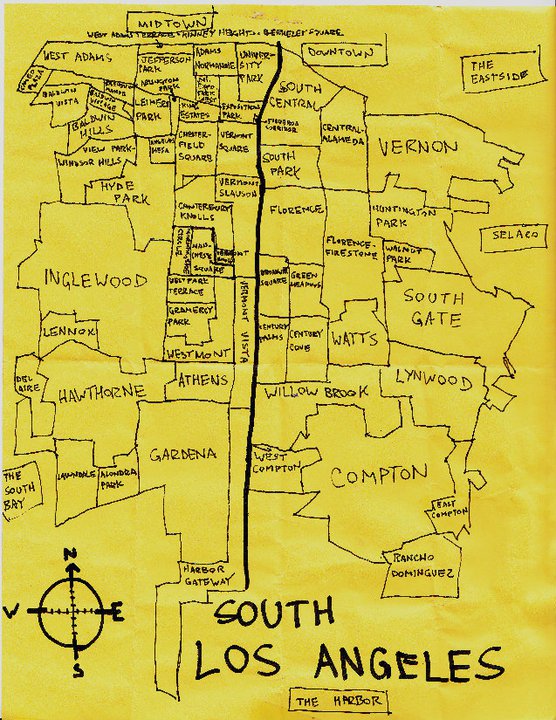
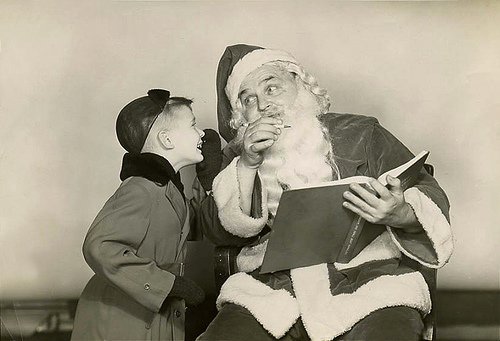 Decide who’s in
Decide who’s in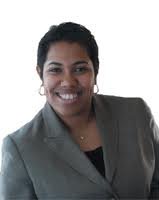 Shay Olivarria is a financial educator, speaker, and the author of Money Matters: The Get It Done in 1 Minute Workbook and 10 Things College Students Need to Know About Money. Visit her at
Shay Olivarria is a financial educator, speaker, and the author of Money Matters: The Get It Done in 1 Minute Workbook and 10 Things College Students Need to Know About Money. Visit her at 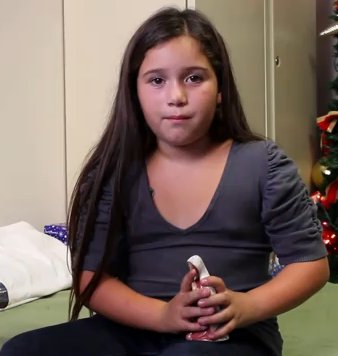 Kiera was easily singled out for stardom during her two months living at the Union Rescue Mission on Skid Row. After stunning staff during a public speaking workshop, Kiera was chosen to tell the story of Christmas on behalf of the mission.
Kiera was easily singled out for stardom during her two months living at the Union Rescue Mission on Skid Row. After stunning staff during a public speaking workshop, Kiera was chosen to tell the story of Christmas on behalf of the mission. 
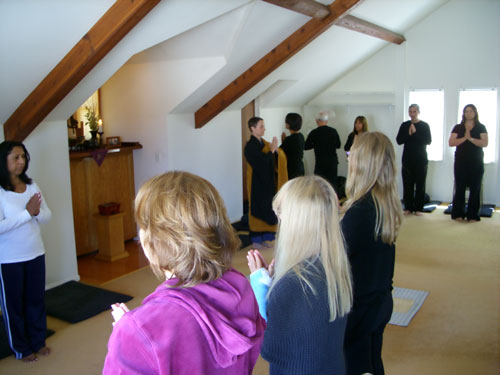 “We’re always in motion like a jar of mud and water. When you sit the jar down, the mud settles and the water becomes crystal clear. The same is true of our minds,” said Stevens, who goes by his Dharma name of Doman.
“We’re always in motion like a jar of mud and water. When you sit the jar down, the mud settles and the water becomes crystal clear. The same is true of our minds,” said Stevens, who goes by his Dharma name of Doman.




